AMALFI COAST

After imbibing profound information on the culture and history of various places like Italy’s art museums, Roman ruins and churches filled with paintings of the old masters, relax in the sun-drenched Amalfi Coast or socialise with the high society in Positano, or drive along the terrifying but stunning Amalfi coast with plunging cliffs deep down into the sea.
Many artists, writers and illustrious musicians, like Richard Wagner, have been inspired by the beauty of southern Italy’s Amalfi Coast where cliffs jut into the sea, heavy with vibrant villages where the air smells of fresh lemon.
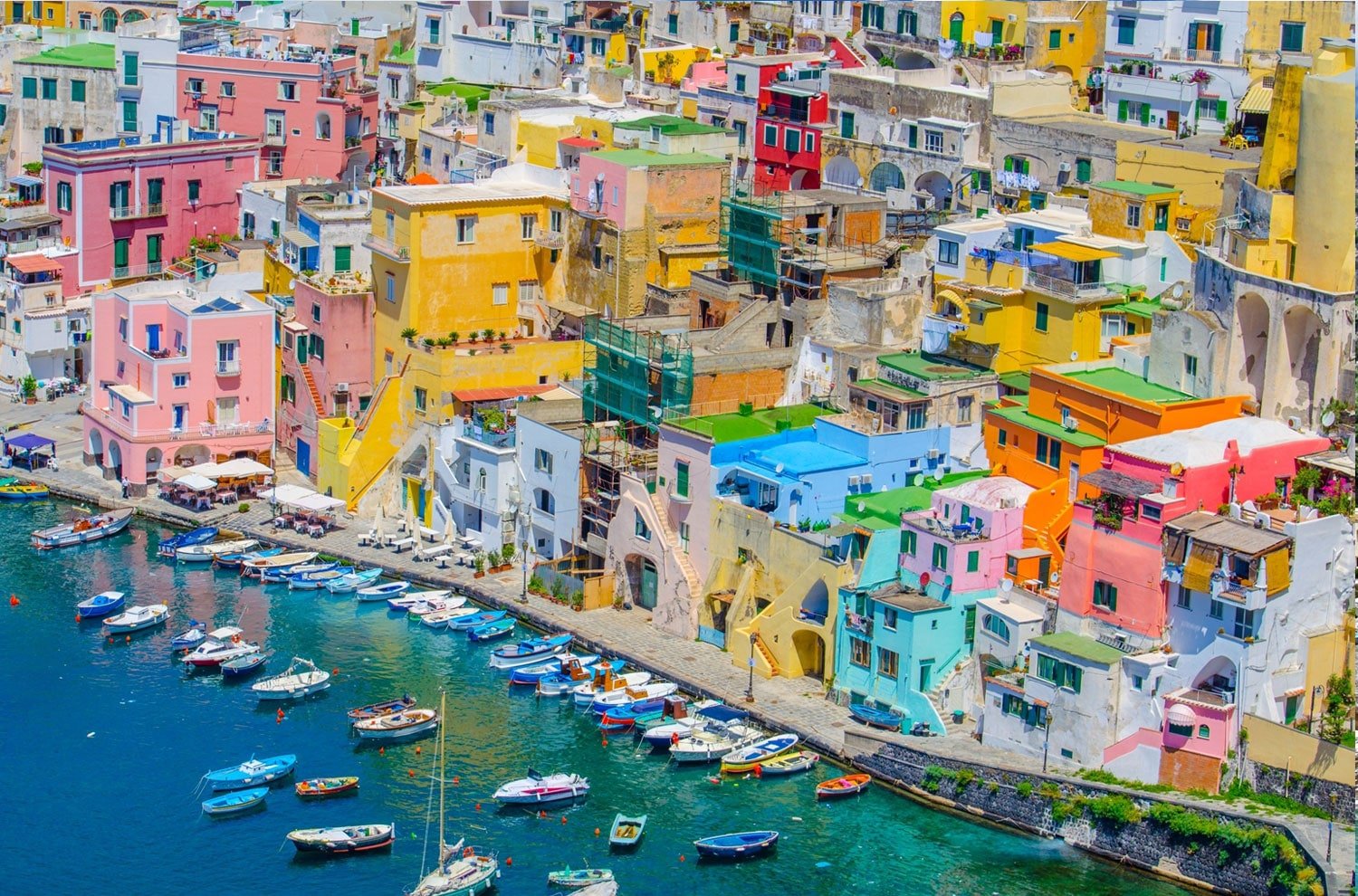
The jewels of the coastal necklace are Positano, Amalfi and Ravello. A beguiling blend of beauty and drama unfolds, with a picturesque plunge of the coastal mountains into the sea and the beautiful towns and lush forests. The concadei Marini, Furore, Atrani Scala and Cetara are also equally enchanting!
UNESCO has made this deserving tourist destination, a World Heritage Centre, in 1997. With its serene stretch of water, the vibrant land and its habitation, the entire area is an undisputable honeymoon destination!
Sorrento is the gateway to Amalfi coast and is a lovely cliff-top resort.
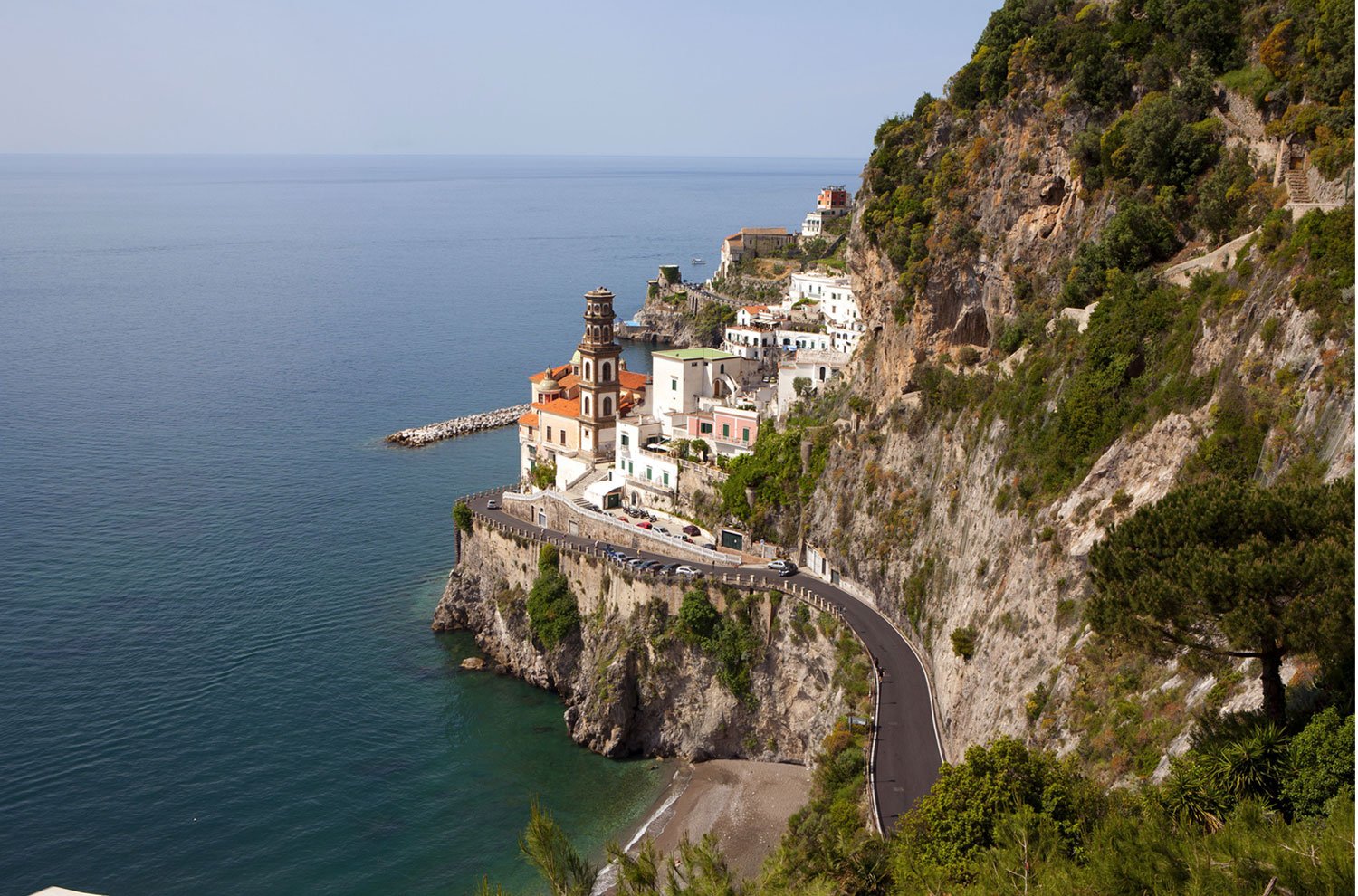
The serpentine stone steps leading up the hill have inspired many lyricists. The region, with its natural allure, boasts of the most beautiful beaches in the world. Cliffs with bewitching grottoes, crystal lagoons with emerald green waters, vibrant villages with fresh blossoms, vie with each other to cast their spell. More than the larger allurers like the Positano, the actual enticement lies in finding the hidden cliffs like the Vallone di Furore, a tiny beach below a tiny village!

WHEN TO VISIT
Southern Italy is at its best during April, May and early June and has pleasant weather with flowers in full bloom. Easter being a busy tourist season in many of these tourist destinations, it is prudent to reserve your lodging well in advance. The ocean is warm in May and the crowd is less too, making swimming a fun activity.
The peak summer season welcomes a heavy inflow of visitors to the archaeological sites, and all the resorts in the islands and Amalfi Coast running full. During August, the local people of Italy flock to the beaches and it is a good time to avoid coming as the prices will sky rocket and accommodation will be sparce.
It is a gentle warm weather all through September till early November. Manageable swimming temperatures continue till October end. Archaeological sites insist on winding up two hours before sunset. With less crowd, Pompeii and Herculaneum are best visited in the afternoon. It is mild early winter, though later in the season, it gets cold. Many restaurants and hotels in resorts close from November until Easter.
HOW TO REACH
By Train
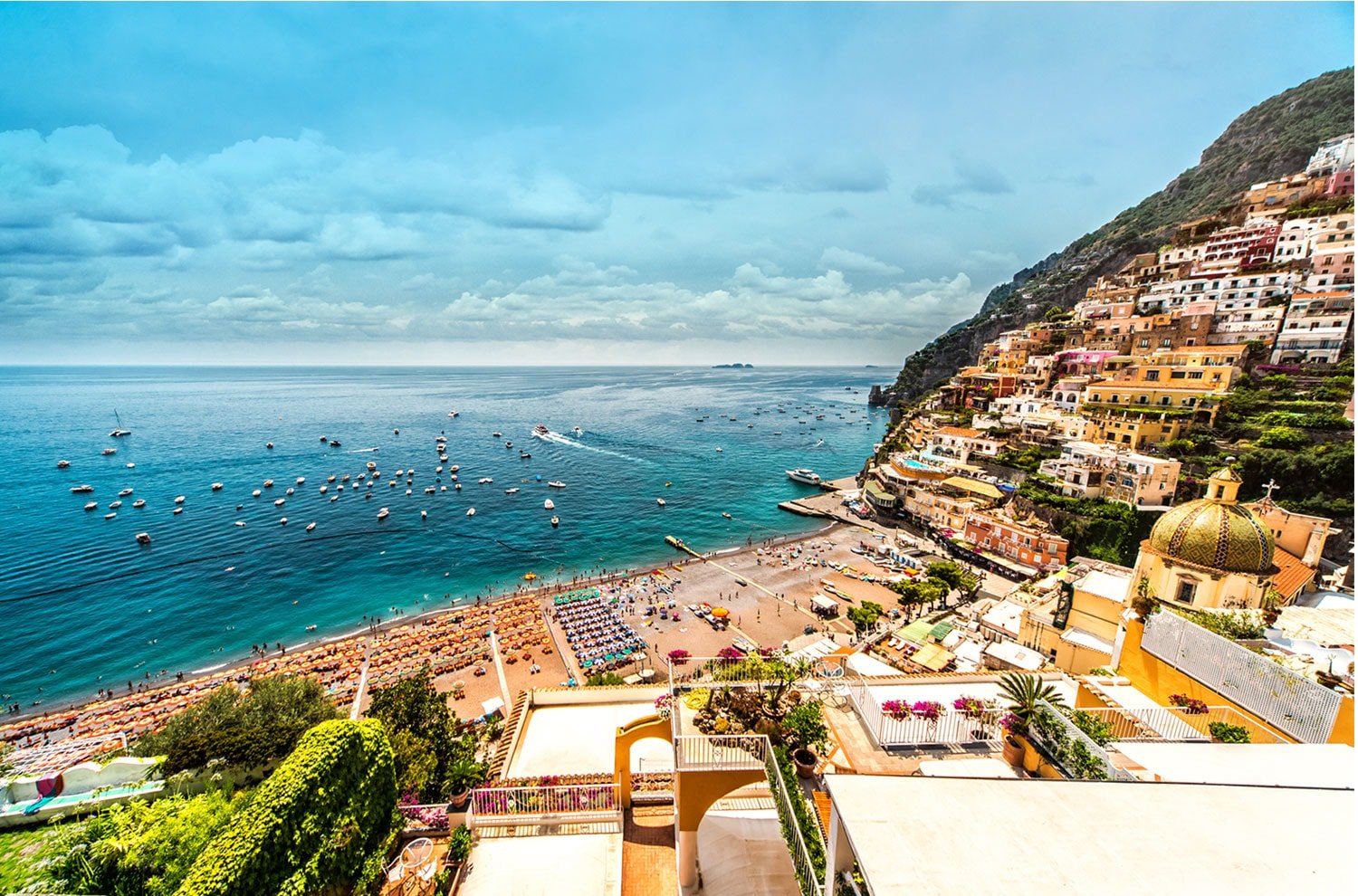
AeroportoCapodichino (NAP), located 8km away from Naples, serves the Campania region, handling domestic and international flights. There are several flights between Naples and Rome daily. Take the airport train from Rome airport to the Roma Termini station and from there you can get a train to Naples. It takes an hour to reach the station from the airport and 70 minutes from Rome to Naples.
The state-run FrecciaRossa (red arrow), Alta Velocità and the NuovoTrasportoViaggiatori (NTV) are the fastest trains in Italy. The NTV was launched by Montezemolo, the Ferrari mogul, in 2012. These lines run the length of the peninsula, operating between Rome and Naples (70 minutes), including Naples-Milan via Rome, Florence and Bologna. Running close is Freccia Bianca (white arrow) trains (1 hour and 45 minutes). The IC (Inter-City) trains are the next fastest, which includes seat reservations in the fare. Interregionale trains make more stops and are slower. The slowest are the Regionale and local trains.
Naples offers a wide array of boat, ferry (traghetti) and hydrofoil (aliscafo) services between the city, the islands of the bay, the Sorrentine peninsula and other Mediterranean destinations.
Hydrofoil is twice as fast as ferries and so are the prices. The service is frequent. Car ferries operate to the islands of the Bay of Naples. Advance reservations are recommended.
Bus turning by “By Bus” on Sorrento Italy road
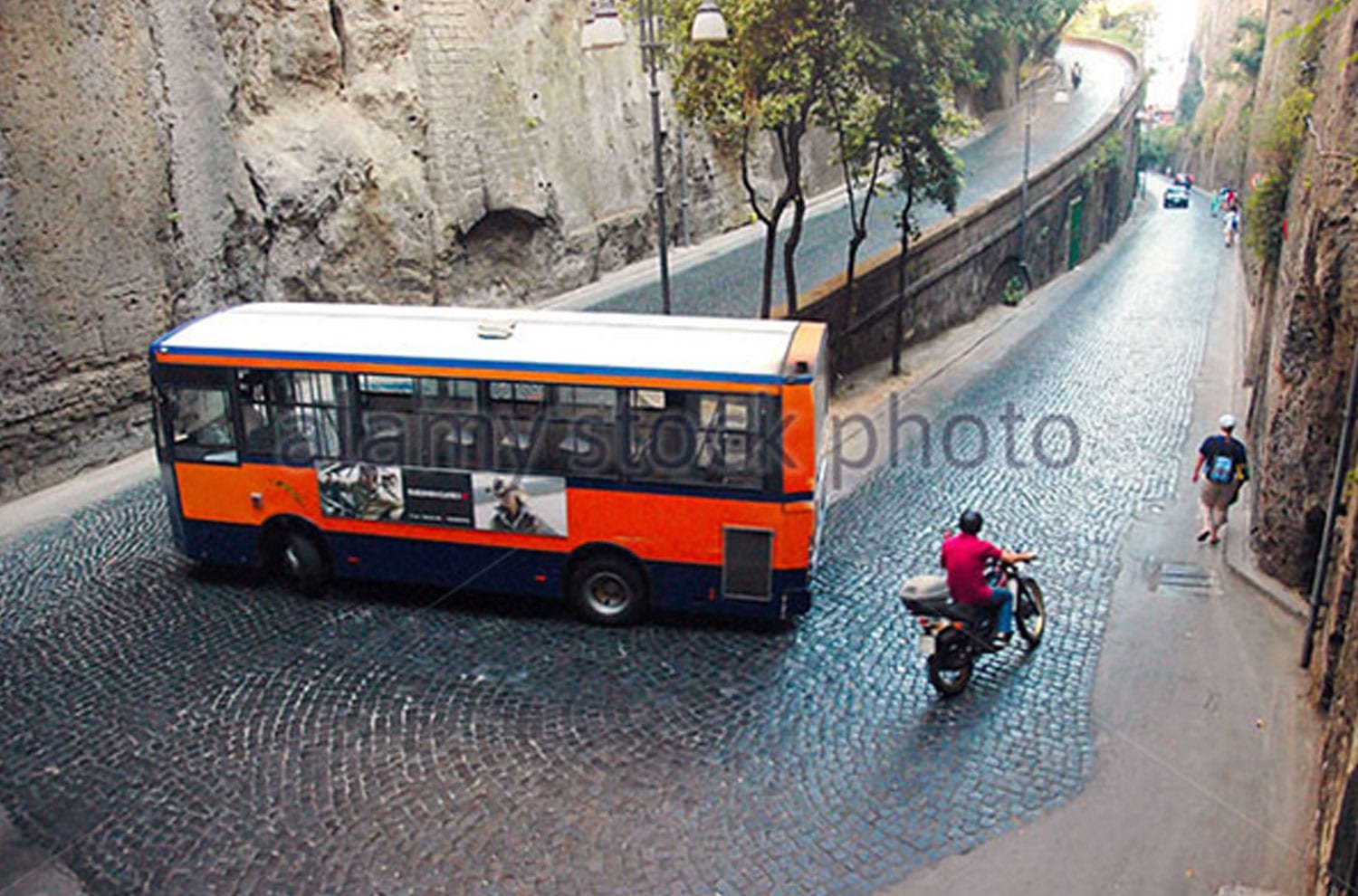
The bus network of Campania is extensive and direct, and much faster than local trains. Bus services outside cities are organized regionally by private companies. There main bus companies include ANM – buses within Naples and SITA – longer trips, including the Amalfi Coast. It takes a good amount of research and patience to take buses from Naples, as there are no central bus stations. Different bus lines leave from different city squares, the situation intensified with the regular traffic reorganization in Piazza Garibaldi (to accommodate the construction of the metro). Once the schedule and departure points are clear, the bus service would be reliable.
THINGS TO DO
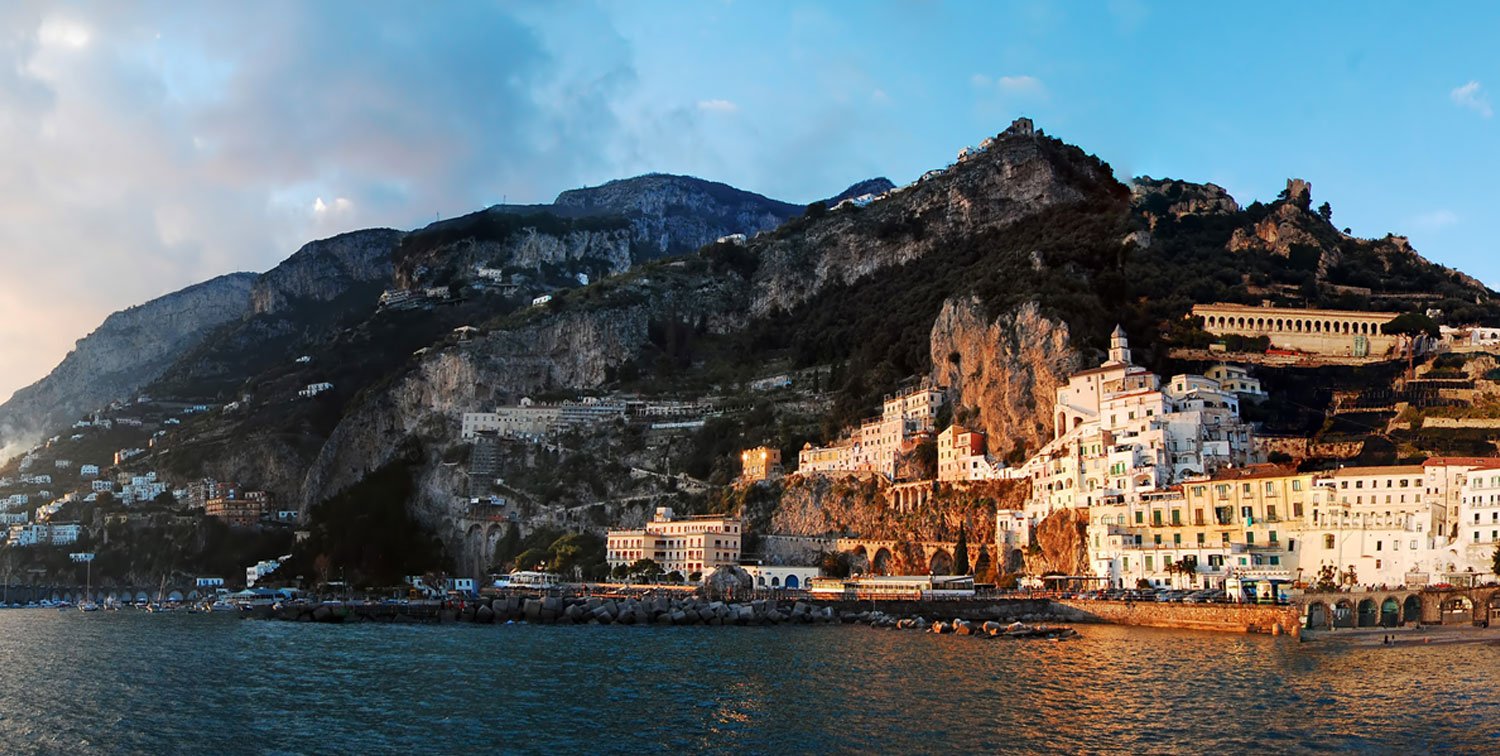
Amalfi coast offers variety and amazing scenery. It defines Italy’s dramatic coastline, vying with the historic Rome and the romantic Venice! Nowhere else in the world will you find a vibrant cosmopolitan city, set amidst a volcano, a beautiful coastal drive, a bay dotted with island retreats and the spellbinding Pompeii, all within a few square miles..
Base your stay in Sorrento
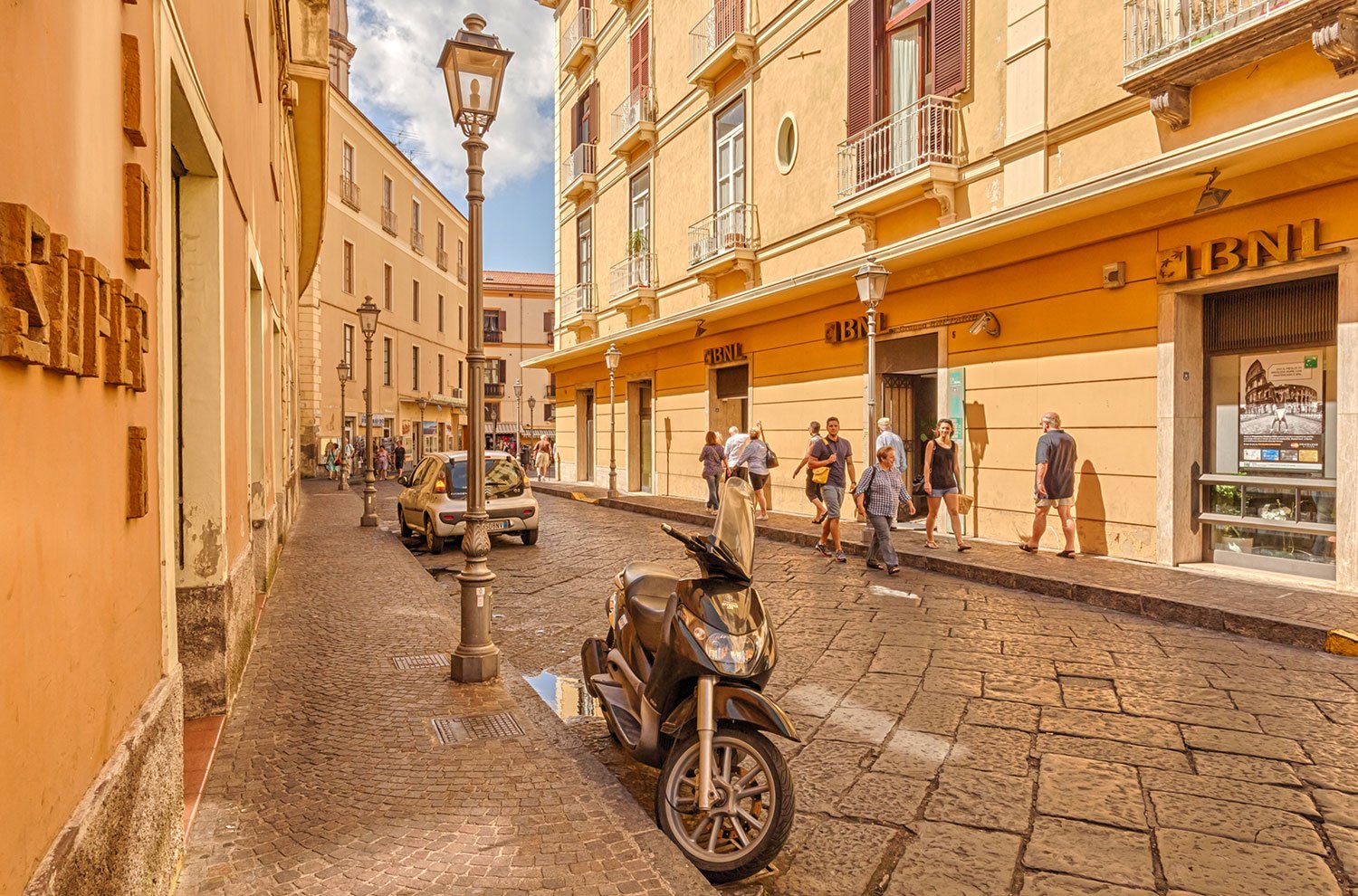
Sorrento is a beautiful resort of 20,000 residents that is on top of a ledge between the mountains and the Mediterranean and an equal number of tourists flock here in summer. It is an ideal place that is comfortable and safe for tourists and the location of the town is an attractive place as a base for regional sightseeing. Most of the locals speak good English too.
This gateway to the Amalfi coast is filled with lemon and olive groves. It has a spectacular setting on the cliff-side, a lively main shopping street, an unspoiled old quarter and easy public transportation.
Amalfi Coastal Drive
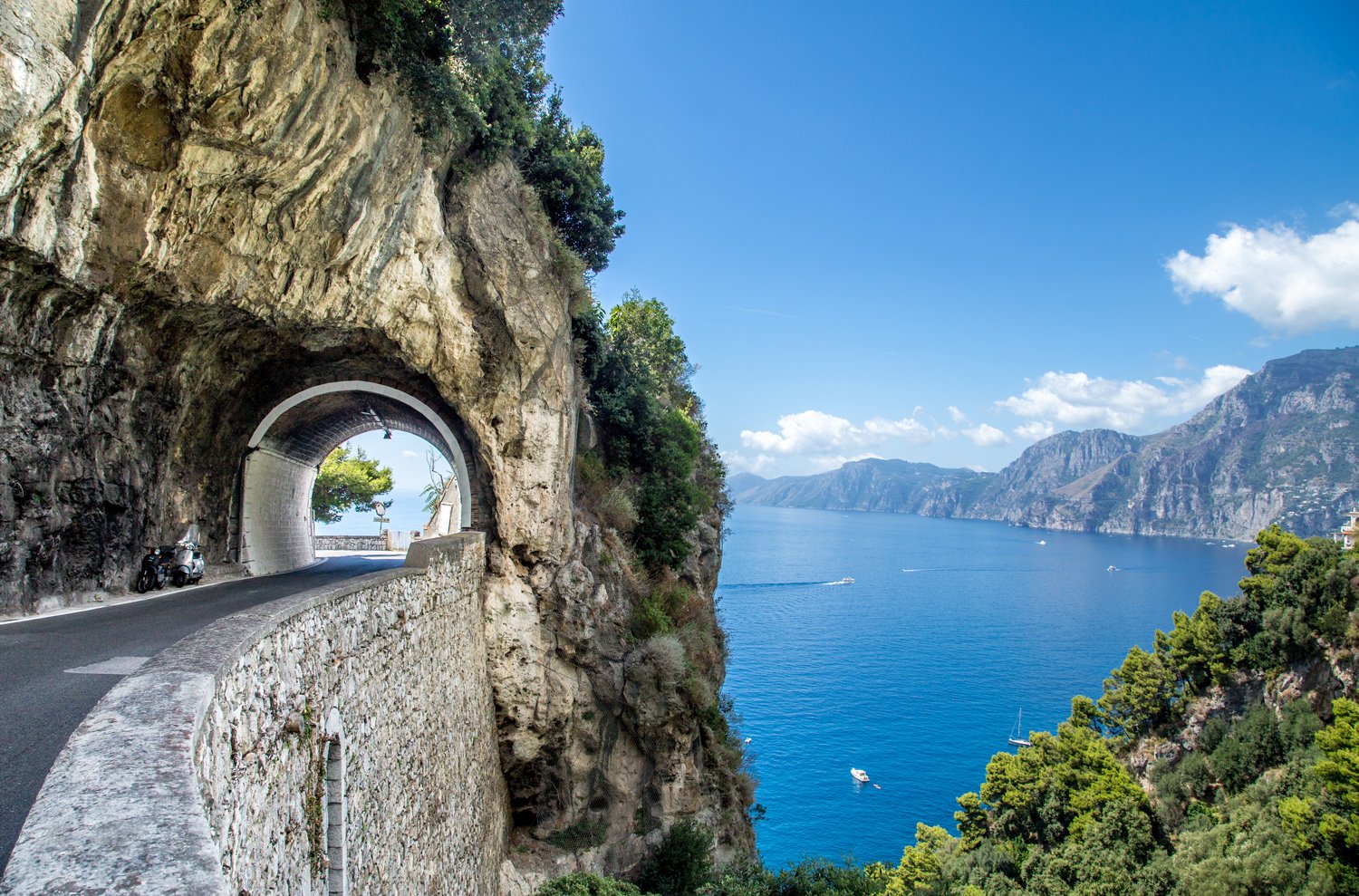
The real thrill of the Amalfi coast is this scenic drive.
Make time for Positano
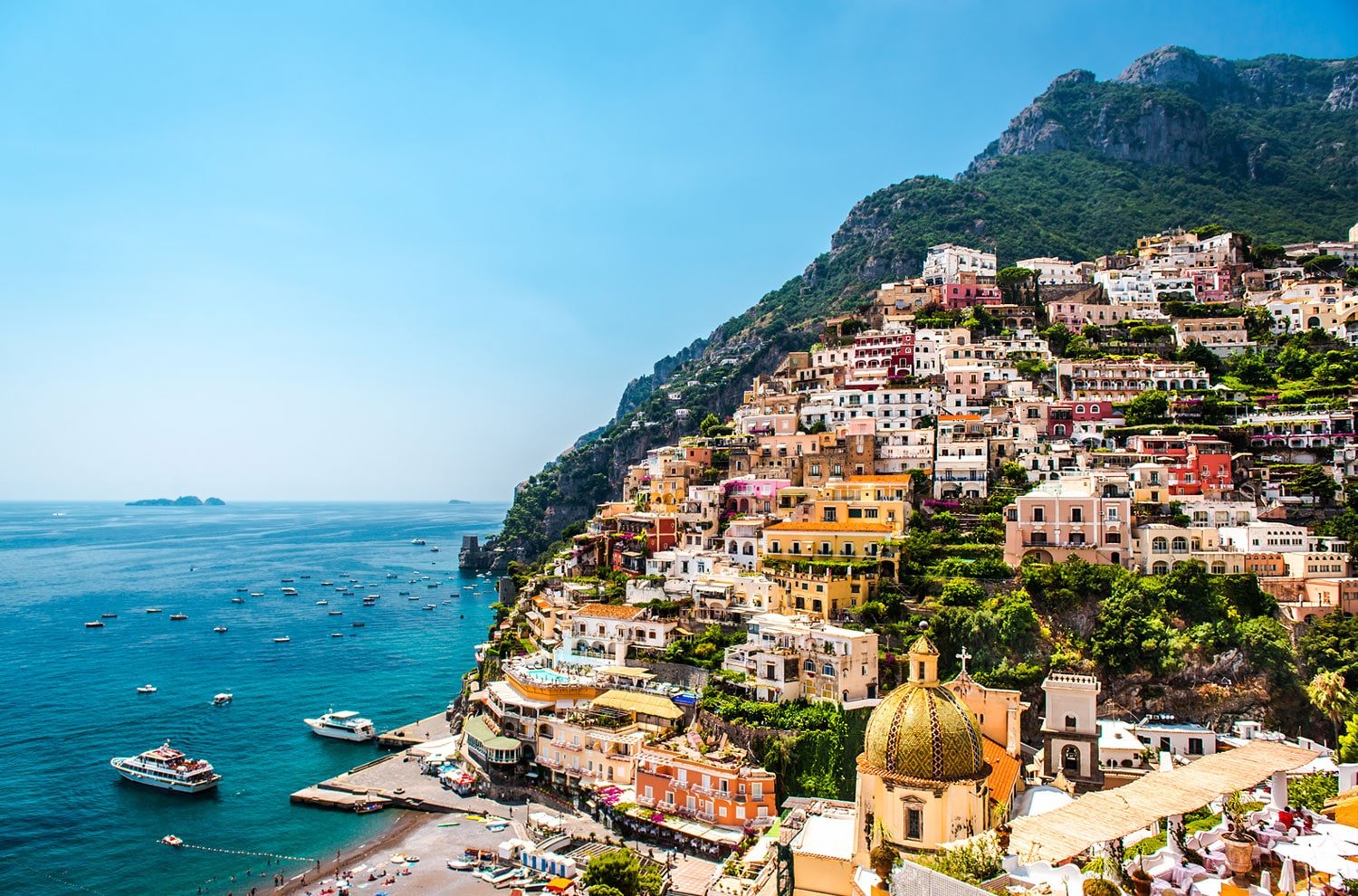
Scale the heights at Ravello
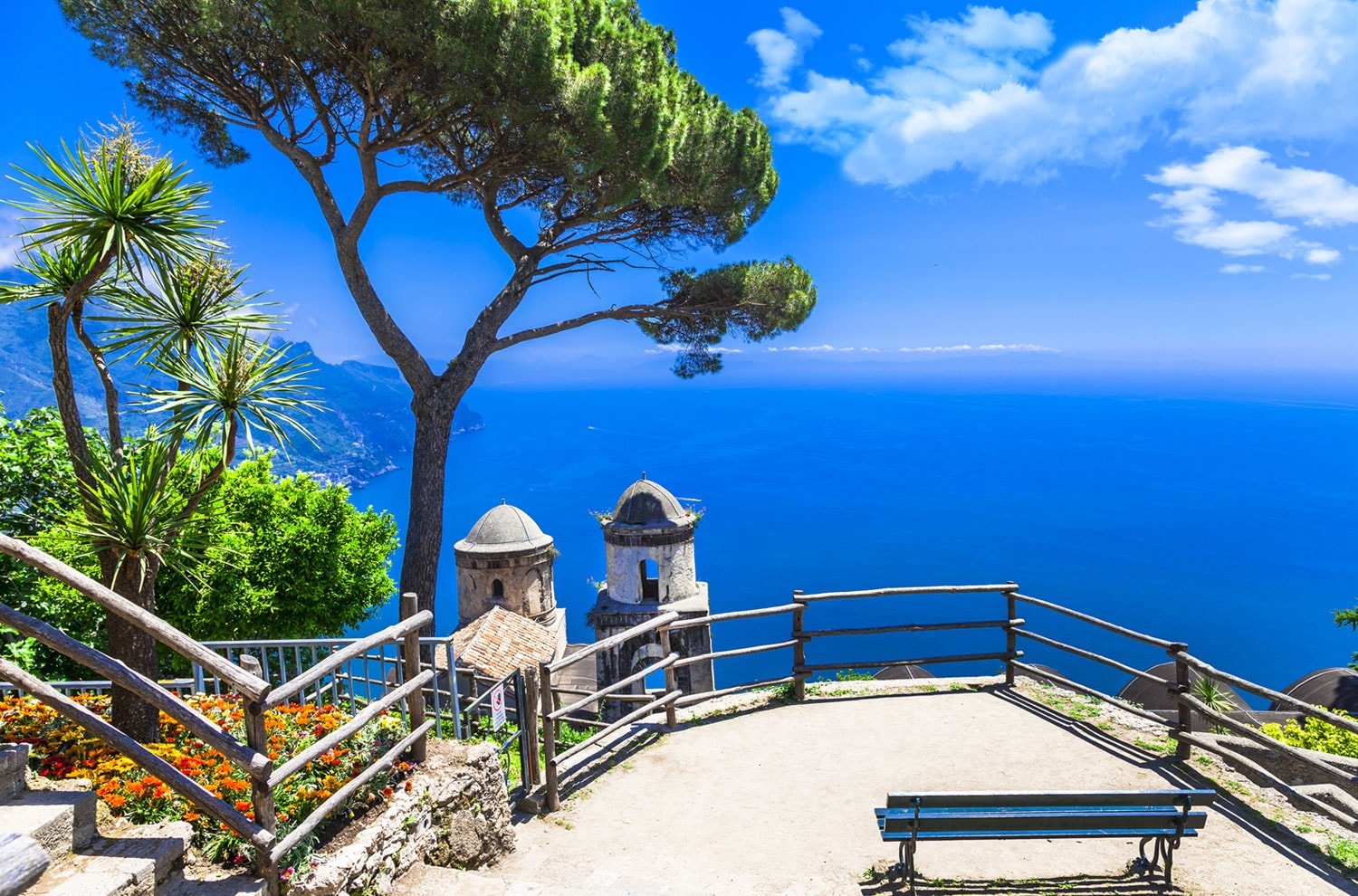
Capri
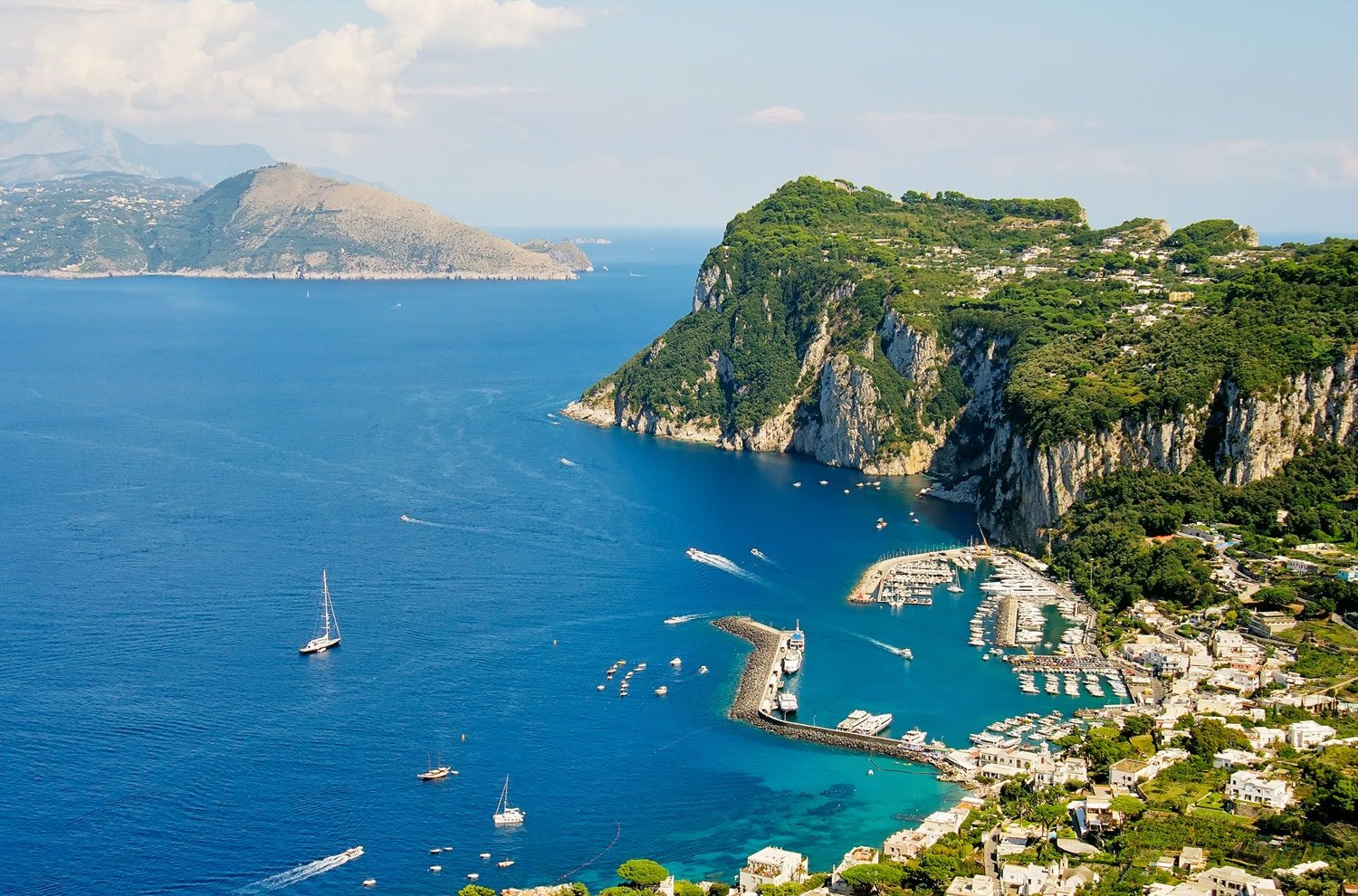
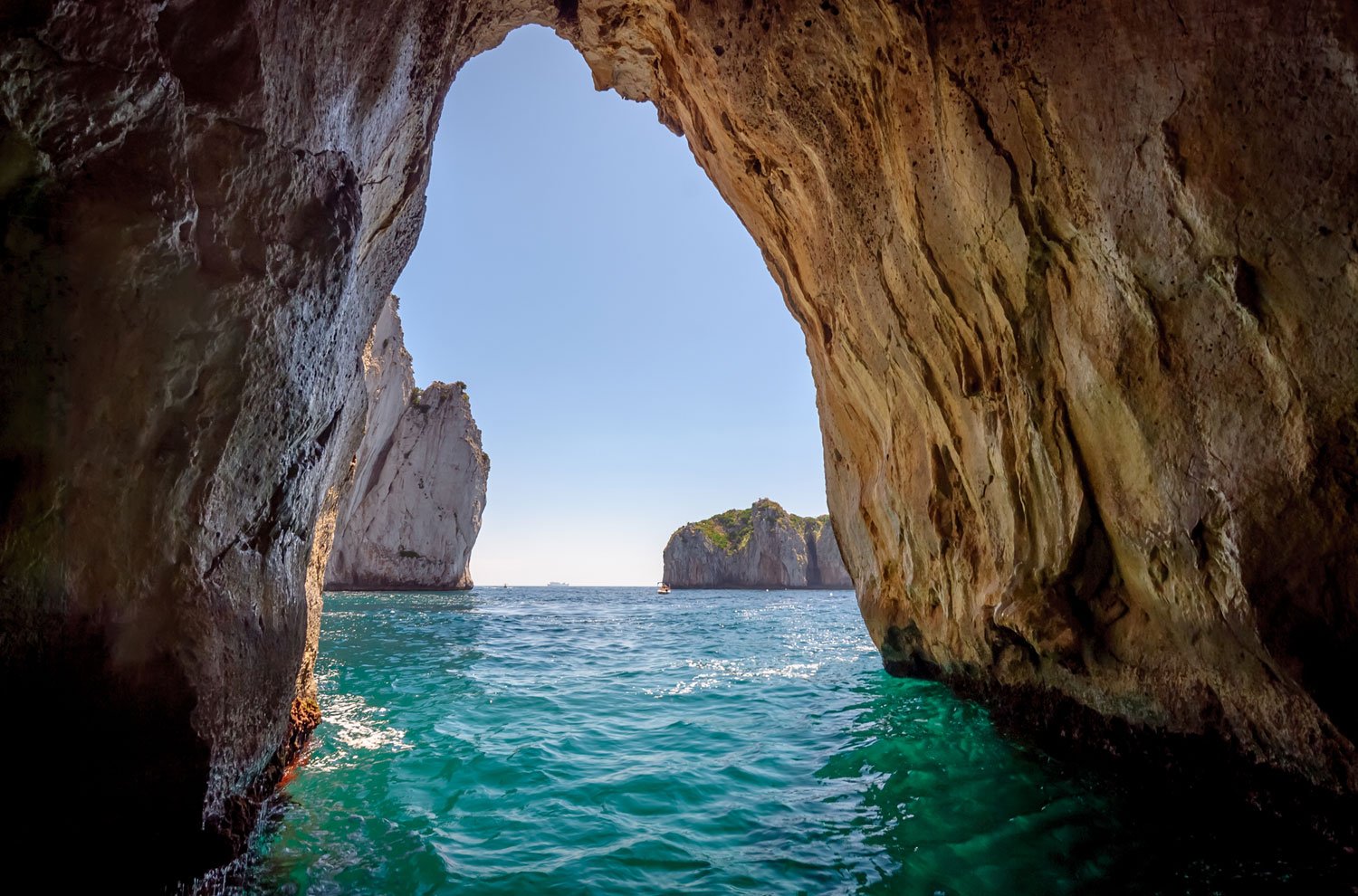
Blue grotto in Capri island
Pompeii
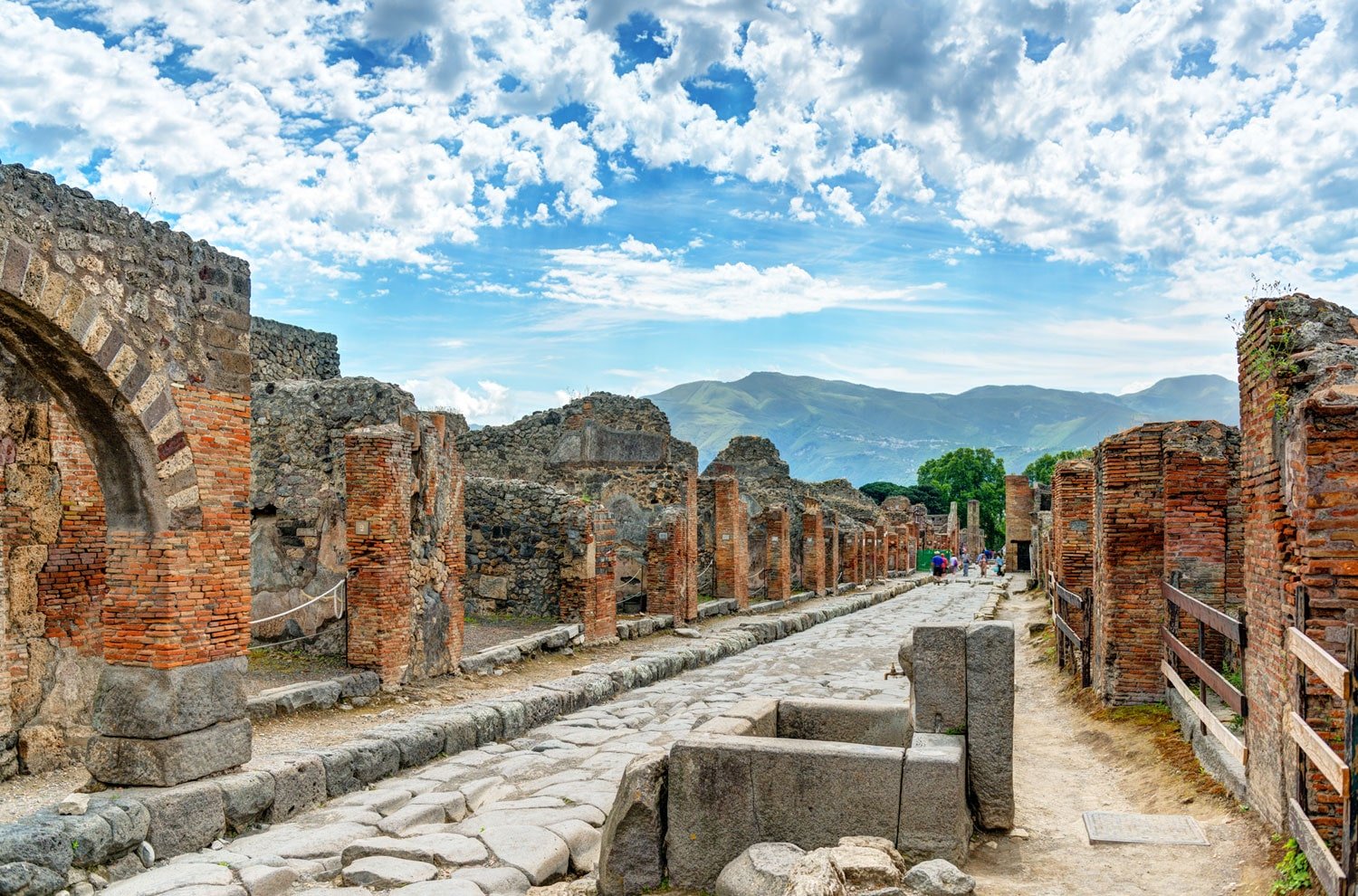
The ruins of Pompeii are visible from atop Mt. Vesuvius and the setting serves as a reminder of its deadly past of the day when the town was buried under molten lava and volcanic ash. Make it a point to get there early and walk as much as possible away from the crowds so that you can truly take in this eerie atmosphere.
It was in 79 AD that Vesuvius erupted and buried 20,000 people of Pompeii in a wall of ash , lava, and soot, which almost instantaneously killed every living soul and ironically preserved the city as it stood then, giving us a glimpse of how the city was in those days. Pompeii was a successful trading city. The streets would have been lined with stalls and filled with customers, day in and day out. Chariots were not allowed during shopping hours. There are pictures on the street of men carrying vases, which means it was meant only for pedestrians. The best art of Pompeii is in the Naples Archaeological Museum. You can avail yourself a tour guide or an audio guide to help you appreciate the place much better.
Pompeii is easily reached from Sorrento on the Circumvesuviana train.
Herculaneum
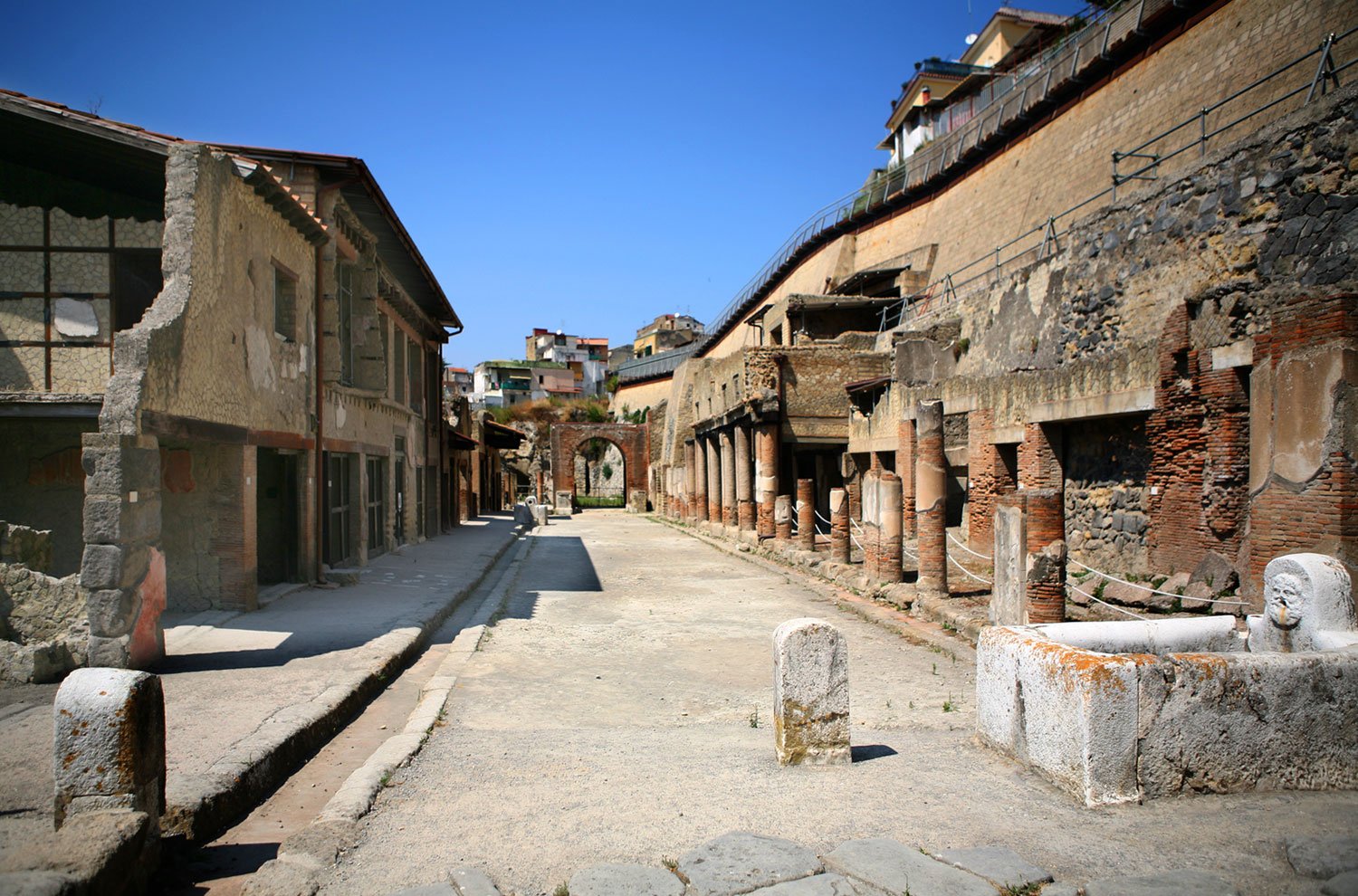
Herculaneum is less ruined and less crowded than Pompeii, which offers a closer look at ancient Roman life. It was a small community that was also destroyed by the same volcanic eruption that destroyed Pompeii, and yet with many intact buildings and details that one may not get in Pompeii. Known as Ercolano in Italian, Herculaneum takes you closer to its history, with its well-preserved ruins, Roman baths and fabulous mosaics.
The train from Sorrento stops at ErcolanoScavi. From there the ticket office is downhill. A five-site ticket will save you money especially if Pompeii is also on your list. It is valid for 3 days. The tourist office close by offers good value trips to Vesuvius.
Vesuvius
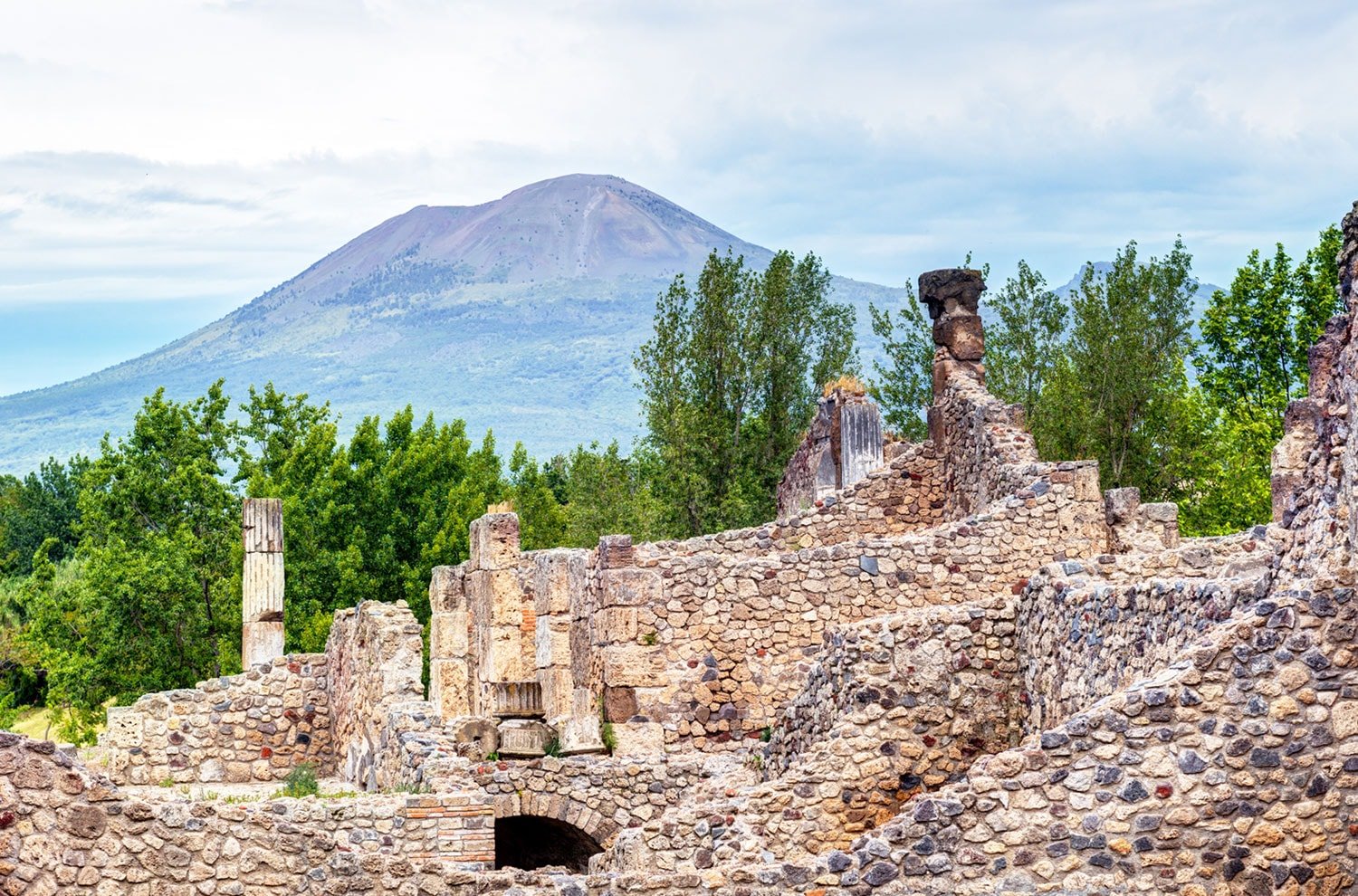
Naples
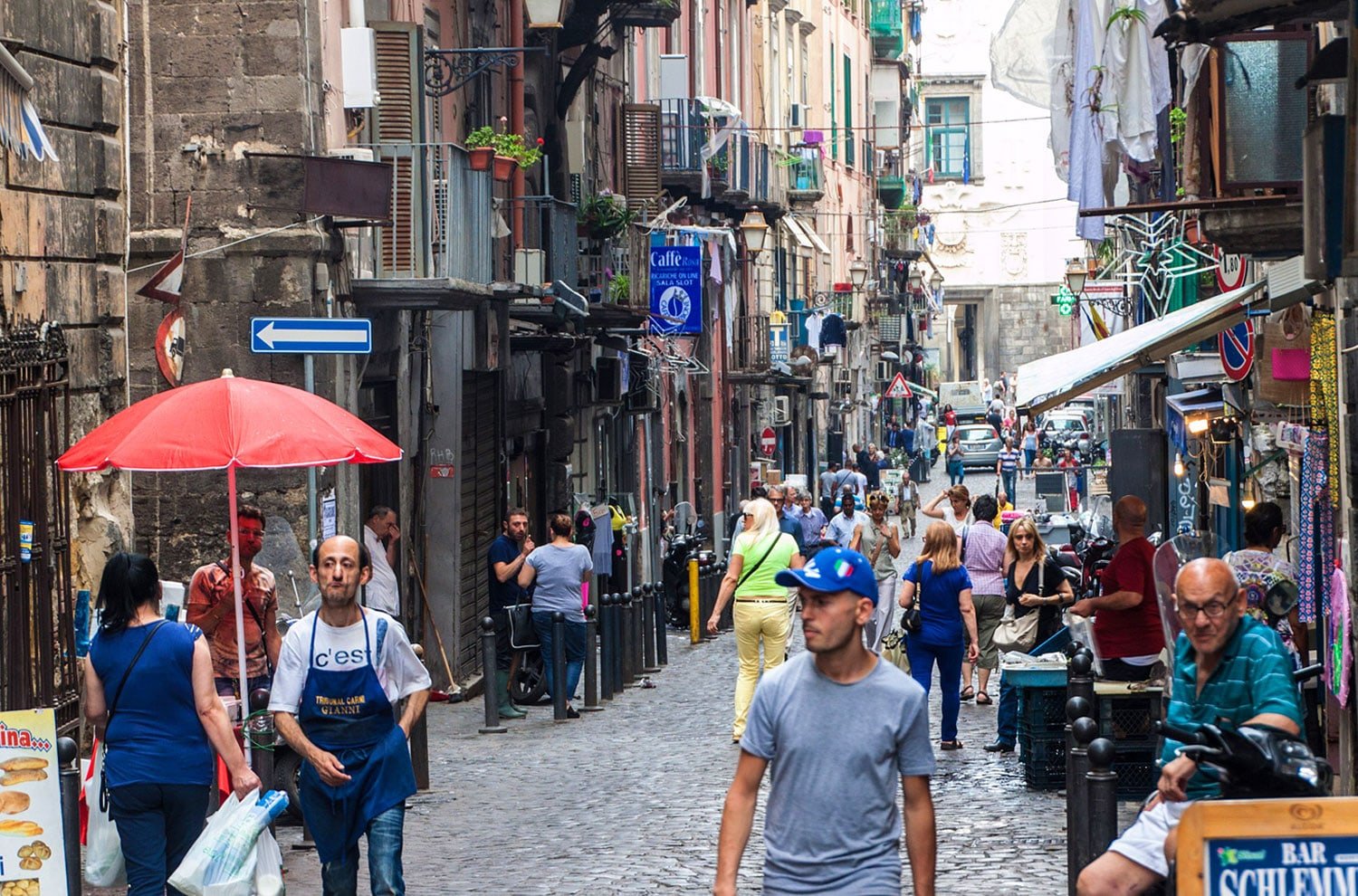
A slice of life resembling a frame off a Fellini film, can be seen in the colourful laundry hanging over alleyways, friendly faces on open windows, impromptu arias at sidewalks, etc. The essence of Italy can be seen in its contrasts – tragedy and romance, grandeur and squalor, relaxing serenity and the lurking danger – Italy at its most Italian best.

Da Michele on Via Sersale is a place to have authentic pizza since 1870. Only two types of pizza are served here – Pizza Margherita and Pizza Marinara. There is long line for them. No reservations.
Thermal spas on Ischia
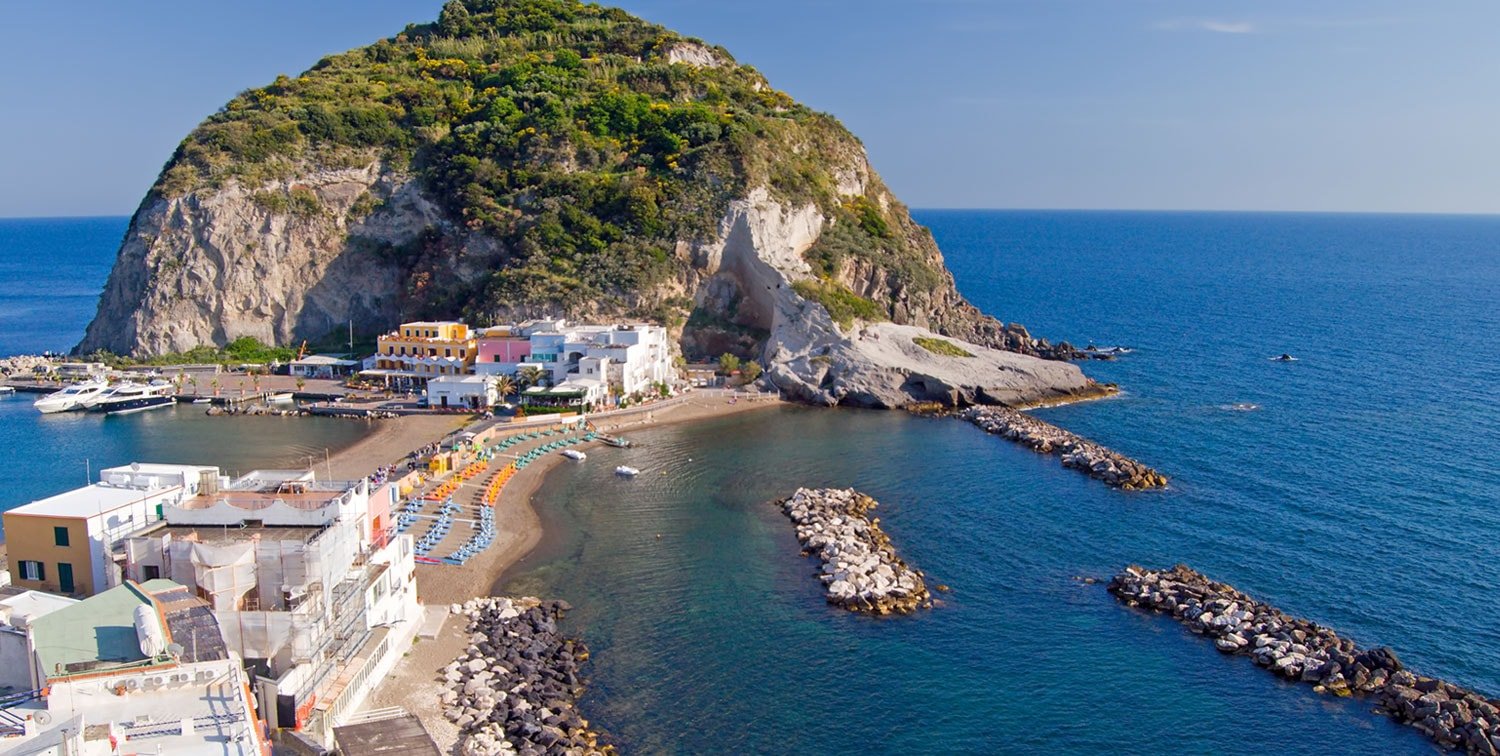
Hydrofoils services leave Naples for Ischia. Some call at the island of Procida. Make sure to get off at Porto Ischia. Located near the port, the island has 12 thermal pools in the Negombo Park complex and a range of treatments, beach access and Mediterranean garden.

